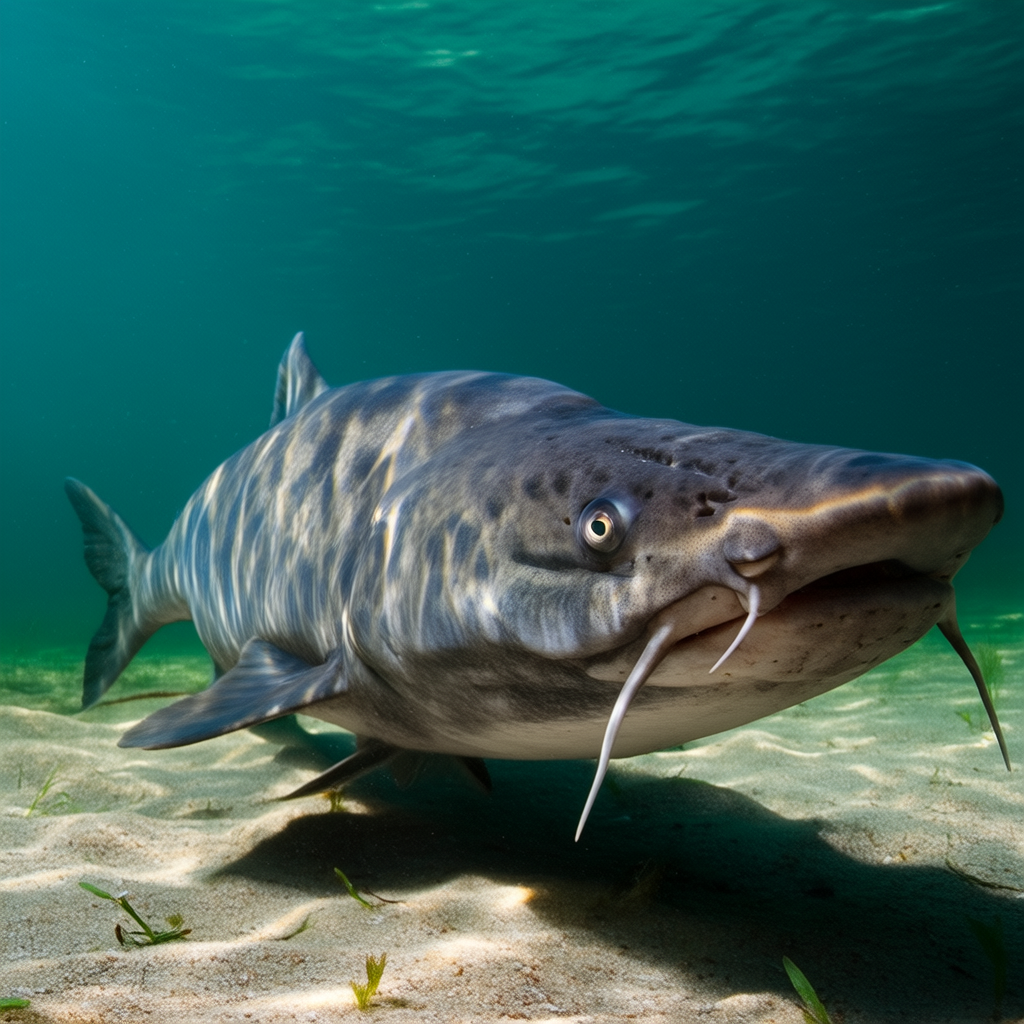Fishing reports are essential for avid fisherman. These reports give you the most current information about where the fish are biting, which baits and lures are performing well, and what weather conditions you can expect.
This comprehensive guide will cover everything you need to know regarding fishing reports. It will also explain why they are important and where to find them.
Why are fishing reports important?
For serious anglers, fishing reports are vital. These reports provide valuable information about the fishing conditions within a particular area, including the species you can expect to catch, best places to fish and best baits to use.
You can plan your fishing trips more efficiently and increase your chances for success by staying current with fishing reports. You can also avoid wasting money and time on trips that don’t produce fish.
Where can you find fishing reports?
You can find fishing reports at many places. Local fishing guides and charter firms are the best places to find reports. Many of these companies post weekly or daily reports on their websites and social media pages.
You can also find fishing reports online, in fishing communities, or from other anglers who meet on the water. It is important to stay connected and to be proactive in seeking information.
How to read and interpret fishing reports
It can be difficult to read and interpret fishing reports. However, it is possible with practice. These are some tips to get you started.
- Specific details are important: A fishing report should include details about the location, bait used, and time of day.
- Pay attention to the weather. Wind, clouds and precipitation can all have an impact on fishing conditions. So make sure you take note of any weather-related information.
- Analyze historical data: Fishing reports can provide historical data such as the number and size of fish caught in the previous weeks or months. This data can help you get a better idea about what to expect.
- Multiple sources are better than one: Don’t rely solely on one fishing report. Multiple sources can give you a better picture of the fishing conditions in your area.
How to make the most of fishing reports
Once you have a solid understanding of how to interpret fishing reports, it is time to put this knowledge into practice. Here are some tips to get the most from fishing reports.
- Plan your trips ahead: Once you know where the fish are biting, plan your fishing trips accordingly. Make sure you have the right gear for the species of fish that you are targeting.
- Be patient and persistent: Fishing is a waiting sport. Just because reports indicate that fish are biting in one location, doesn’t necessarily mean they will bite your first cast. Keep trying new baits and techniques until your favorite one.
- Be flexible: Fishing reports are useful tools, but they can not always be 100% accurate. If the conditions on the water are not what you expected, be prepared to modify your plans.
- Share your knowledge: If you’ve had a successful fishing trip that was based on a fishing report then please share it with others. Help others catch more fish and give back to the fishing community.
Conclusion
A fishing report is an indispensable tool for any serious angler. They can provide valuable information about fishing conditions in a specific area and help you plan your fishing trips better.
You can keep up with the latest fishing reports by staying connected to local fishing guides, fishing communities, and other anglers. This will increase your chances of success on water.
Fishing reports can be used to your advantage, no matter if you’re a seasoned fisherman or just starting out. Enjoy the sport of fishing to its fullest.




